









We sat down with two of our workplace strategists, Audrey Zaimeche and Frances Gain to discuss how they balance their roles at a global design firm with their new family lives.
In this interview, we explore how flexibility, workplace design and strategy play a part in maintaining a healthy routine.
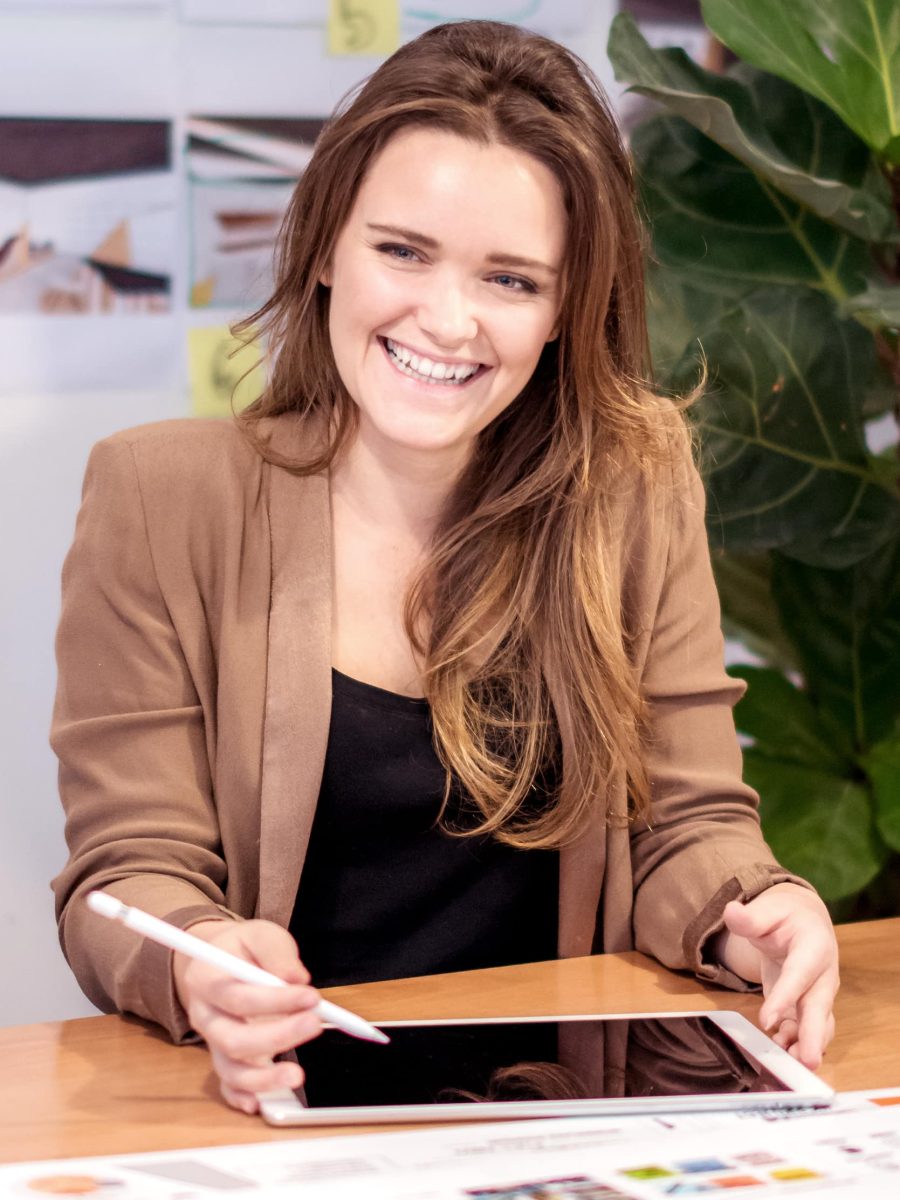
 Frances Gain, Senior Associate - Workplace Strategy and Transformation
Frances Gain, Senior Associate - Workplace Strategy and Transformation FG: I initially started my career in marketing and creative advertising, but my love for architecture led me to study a Masters in architecture in the United States. I then headed to Hong Kong where I worked for an architectural firm. Whilst there my boss, a well-known blogger and influencer, did a talk at an American university which inspired me to become a professor in interior design.
Through my recruitment connections, I heard about M Moser, a design and architecture firm led by Moira Moser, where I was introduced to workplace strategy. I interned with the company during the university summer semester, fell in love with the work and was lucky to be offered a permanent position.
AZ: At the beginning of my career, I joined one of Paris’s most successful design agencies. I didn’t train to be an interior or graphic designer, but I was fascinated by using the senses to transform user experience. It was a great first experience and I found a perfect spot in workplace strategy helping clients explore tailor-made solutions for their businesses.
I was young and looking for new adventures, so I left Paris and discovered a new culture in Hong Kong. It was exciting and a real opportunity to grow and mature. I joined M Moser, headed by Moira Moser, an inspiring leader and architect.
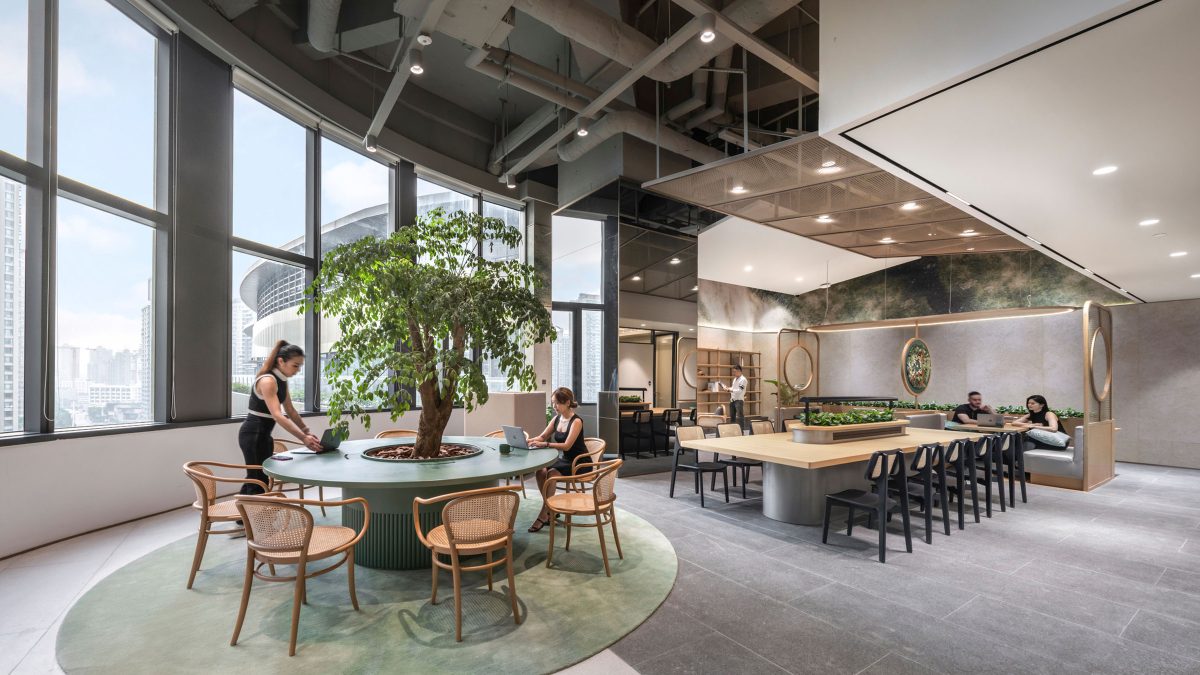 SHUI ON WORKX, Shanghai
SHUI ON WORKX, Shanghai FG: As soon as I arrived at M Moser I could tell that the company truly cared about its people and was impressed by the organisation’s dynamism. Despite being a global firm, M Moser felt experimental and nimble, which I appreciated.
Then, I had the opportunity to transition from Hong Kong to London. I fell in love with the energy of the team which was bustling with creativity and collaboration.
AZ: The team at M Moser was talented and thriving. At the time, Asia was a giant world lab for new workplace strategies and design innovation. The speed of change and learning made it a unique experience.
After a decade working in Hong Kong, I was pregnant with my first child and decided to return to France. To be close to family, grow a new M Moser team and help write the next chapter. And so began M Moser Paris.
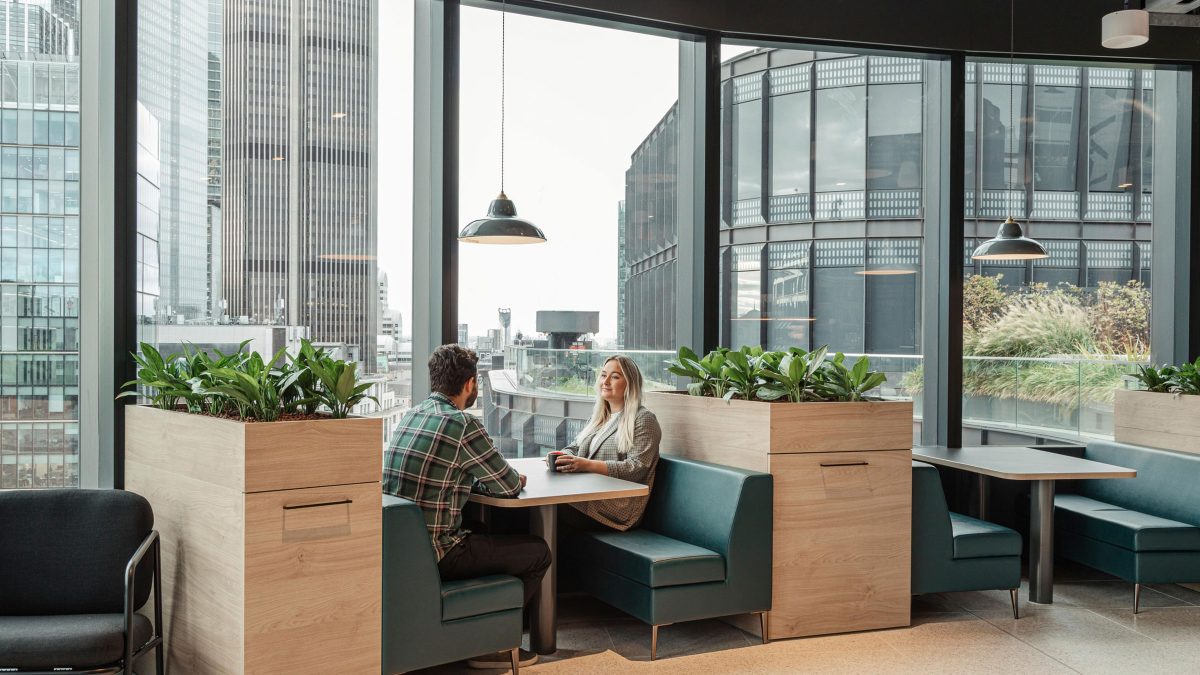 Hudson River Trading, London
Hudson River Trading, London FG: I spend my days meeting with lots of different people – from CEOs and bank traders to catching up with my team. I love the variation my job gives me. One minute I’m discussing a strategy for collaboration spaces; the next, I’m watching rugby with a client. This variety keeps me motivated and inspired.
AZ: Every day is different. It usually starts by meeting an agent for a morning coffee. Or going to a networking event to meet the market players – sharing our updates, learnings and inspiration.
Then I’ll grab lunch with a client or partner. I’m so grateful for these discussions and have made many good friends! After lunch, I attend other client meetings or return to the team at our brand-new Living Lab in Victoire.
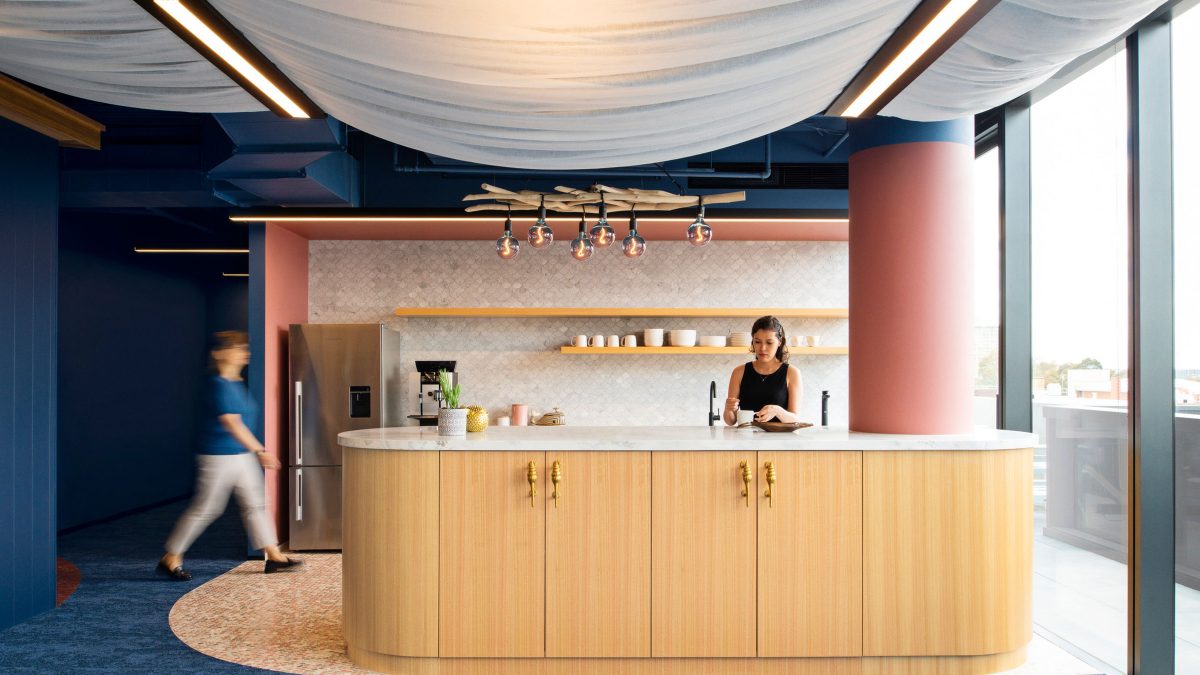 Epic, Melbourne
Epic, Melbourne 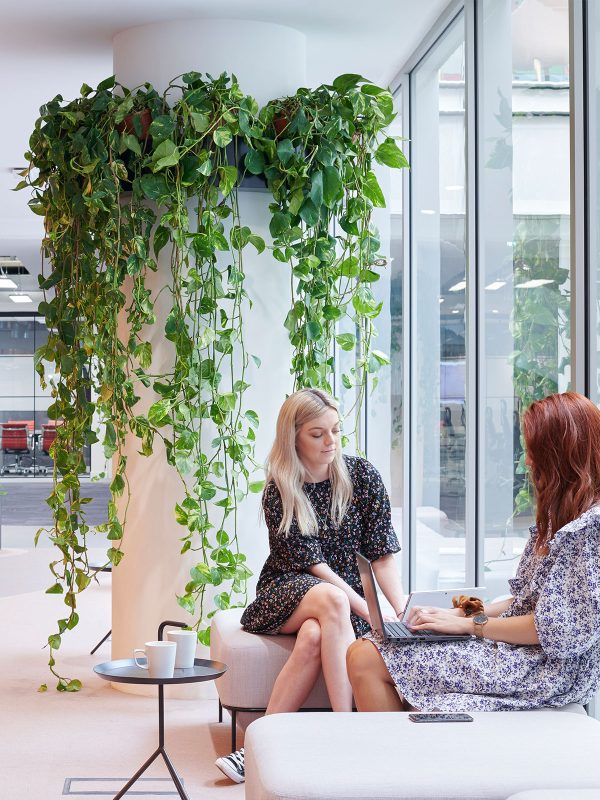 Tech company, London
Tech company, London 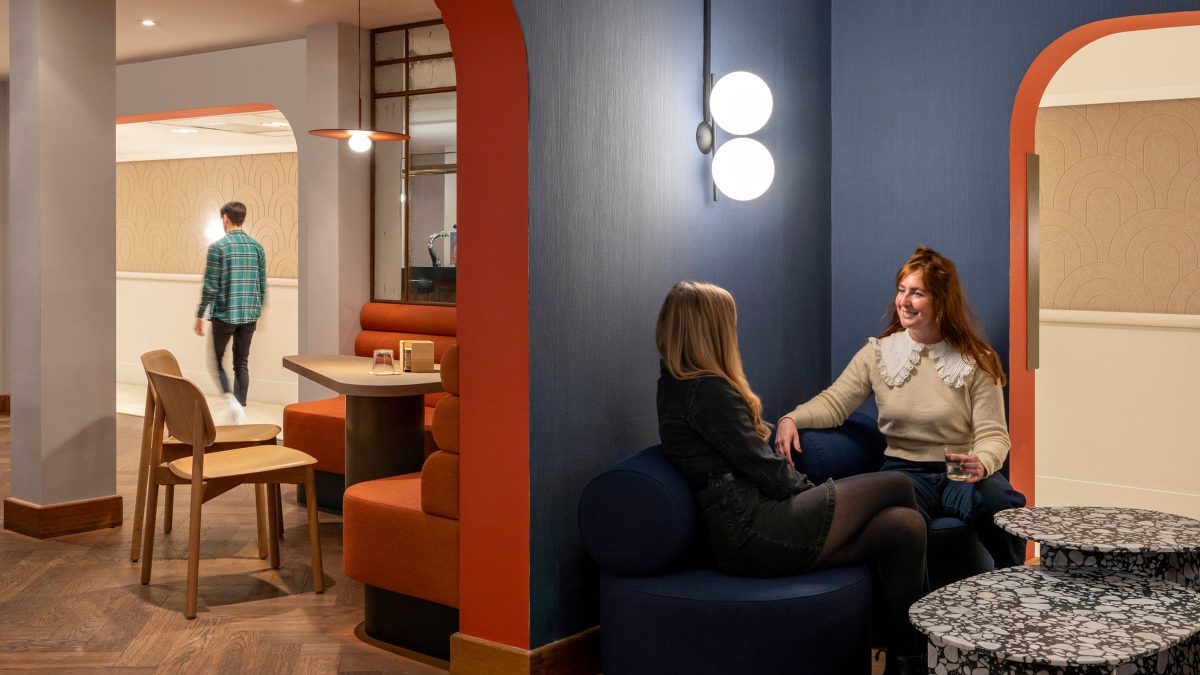 Miro, Amsterdam
Miro, Amsterdam FG: Since having my baby, I’ve transitioned to a four-day work week. I also have to leave at certain times, which has made a massive difference to my work-life balance. Being a parent has taught me the value of quality time. When I’m with my baby, I’m present and focused on him.
Work communication platforms help me to be transparent with the team about when I’m available, block time for focus work and be more productive. I prefer to avoid having a repeatable routine, but I do have a few anchors. Wednesday is my running day and Tuesday is for catchups. By reducing the number of decisions I need to make, I can time block as much as possible. This helps me stay focused during the day. I have also learned to step away from work when needed and trust that ideas will come.
AZ: My role is pretty busy and it’s important I have quality family time too. By nature, I’m not a fan of planning everything in advance. But the busier you get, the less feasible this becomes and the more organised you need to be.
Keeping things on track and maintaining a balance in all areas is vital to a busy yet satisfying life. The moment I start losing grasp of something is when I decide to reinvest time in those areas. It’s crucial to pay attention to this balance.
FG: For me, it’s not about striving for balance but for equilibrium. Trying to balance everything often makes me feel like I am not doing anything well. Instead, I accept that there will be times when I need to be more flexible with my schedule.
Working with my partner to care for our baby is key. We also have our relationship anchors, like going for walks or using the exercise bike.
Choosing a lifestyle career that I am invested in and enthusiastic about helps. Finding what energises me has been vital, and I value the time I spend on my job. Being open with my colleagues about my hours and commitments has helped build trust.
AZ: Our instant messaging platform is a great tool to help me balance work and life, especially as part of a hybrid team. We don’t need to see someone working on something to know it’s happening.
Everyone benefits from this flexibility, and as a team, we have defined our own rules to treasure our time in person and gain efficiency outside of this. For us, the new Paris office is a destination for being together – a comfortable and professional design lab.
As a mother, I’m fortunate that my husband and I work together as a team and have extra support from a nanny and family close by. But the boundaries between my work and home life are quite blurred. I feel happy to have my kids around whilst working and I often invite my husband to join my networking life.
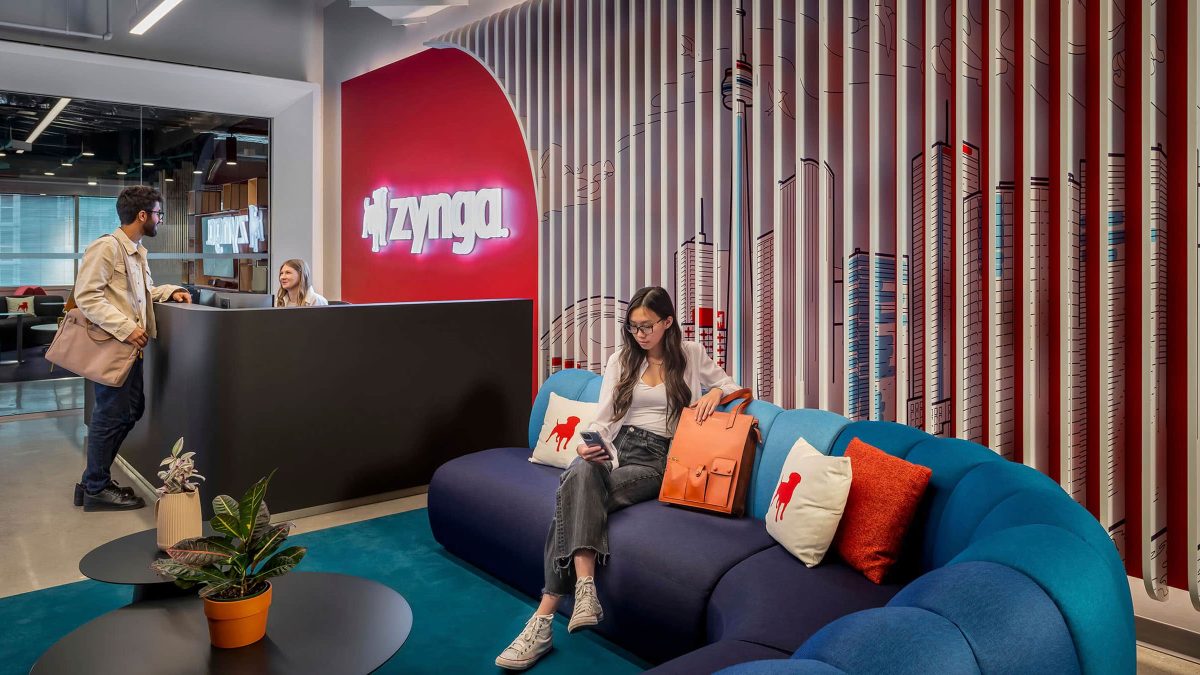
FG: Understanding the team is crucial to creating a healthy work environment that suits everyone’s needs. A social workplace may be ideal for some, while others may appreciate having their pets in the office. The key is to find a good fit with the team and the company, and encourage staff to discuss their needs openly with their colleagues.
AZ: The first thing I’d say is to observe the team. Secondly, listen to them and ask specific questions about their expectations. Then, address their needs by defining healthy work behaviours and celebrating a work culture with a generous spirit. House rules are essential and need to be tailored made.
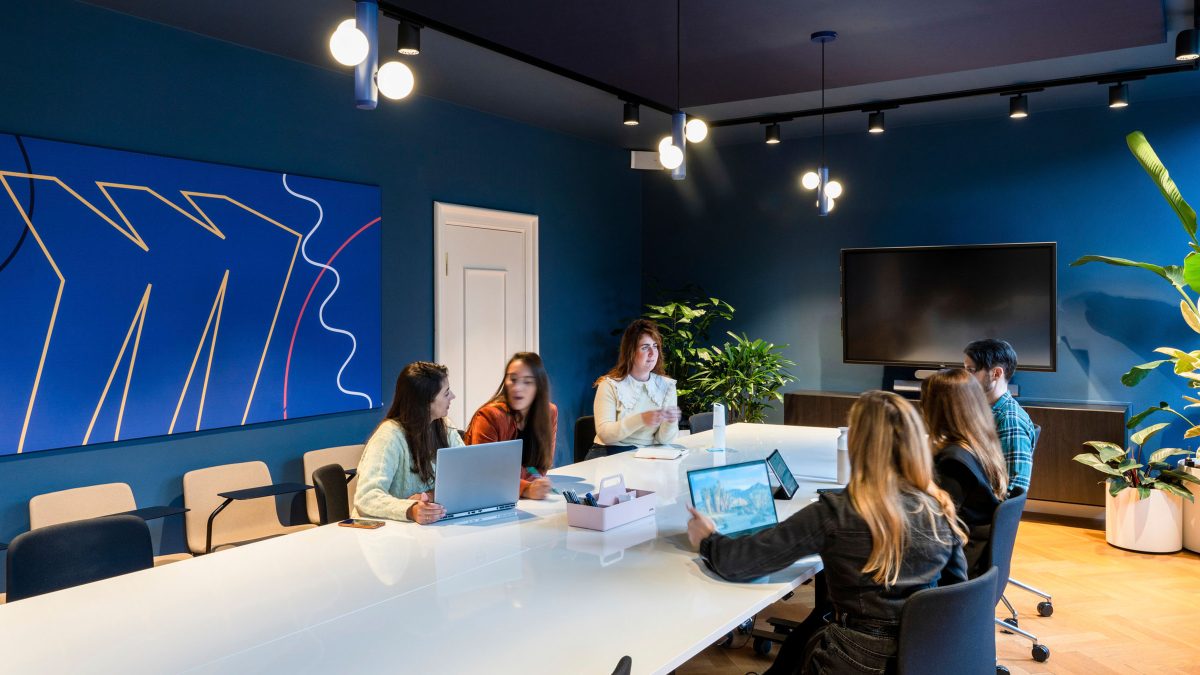 Miro, Amsterdam
Miro, Amsterdam 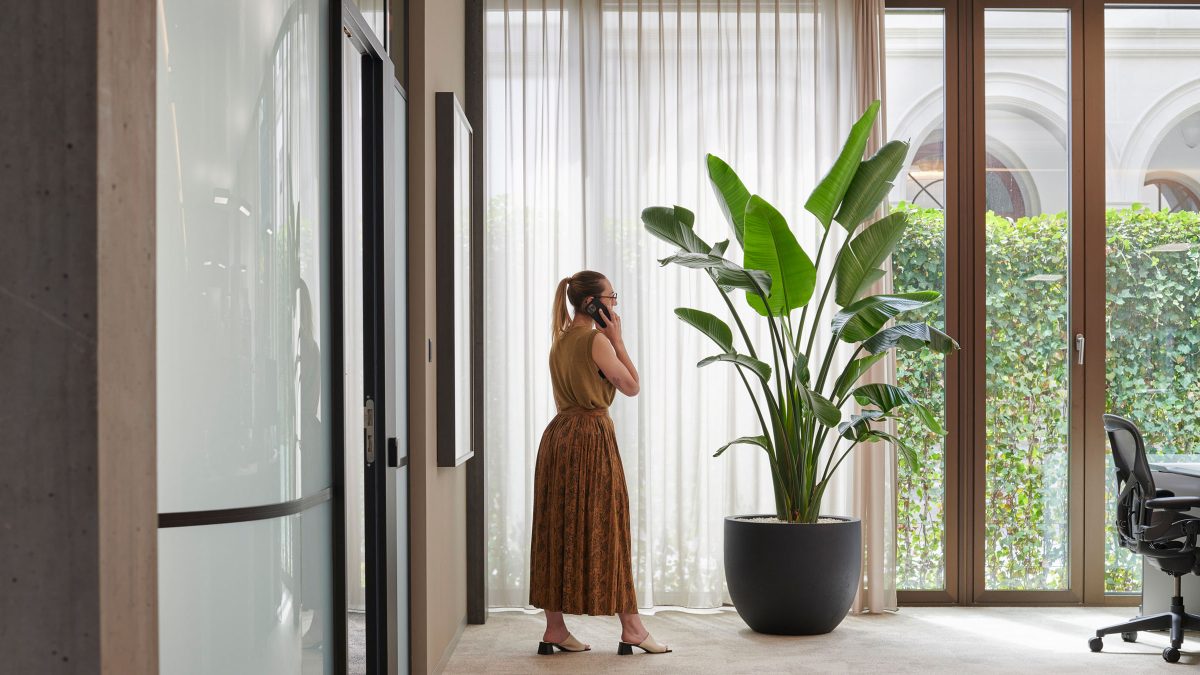 LMR Partners, London
LMR Partners, London FG: I’d encourage people to own what they need and not be afraid to ask for it. Be clear about your needs and priorities, whether that’s going to the gym or picking up your children on time. A healthy work/life balance looks different for different people.
I always say to clients that it’s about understanding what their employees truly appreciate or need, instead of just a tick-box exercise. This relieves tension and helps create a supportive and inclusive work environment.
AZ: Clearly understand your needs. Set goals and know your limits. Diligently assign sufficient time and energy to achieve and/or respect what you have set out for yourself.
FG: It starts with involving your employees and asking what is important to them, whether that’s through surveys or workshops.
Get the basics right – sunlight, views, lighting and perceived safety are critical for employee wellbeing. The spaces need to be comfortable, ergonomic and functional.
Additionally, it’s essential to have spaces that allow you to pause, as well as quiet areas and collaborative spaces which can improve employee engagement and productivity. Communication and a culture of trust and respect are essential to a successful workspace.
AZ: Finding inspiration outside work, and your industry, is important. Workspace is not restricted to work areas. I chose workplace design because it sits at the crossroads of many disciplines and reflects how society continuously evolves. Our contribution to people’s lives and experience at work is so significant. The responsibility of getting it right with tailor-made solutions for our clients is critical.